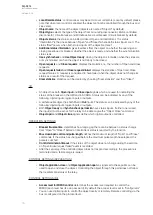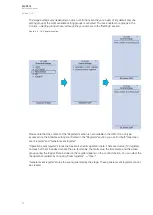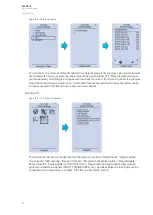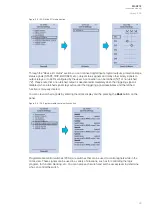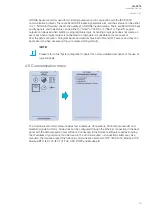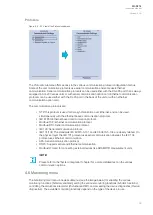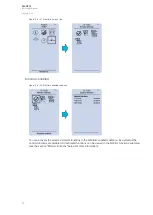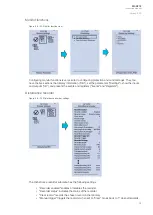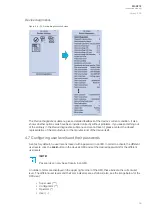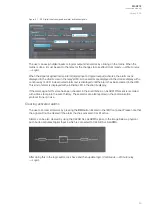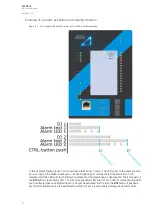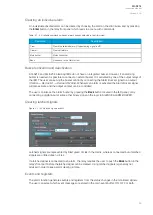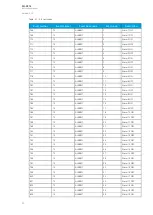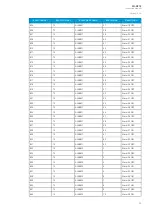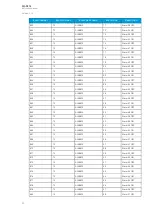
GOOSE inputs are mainly used for controlling purposes and in conjunction with the IEC 61850
communication protocol. There are 64 GOOSE inputs signal status bits, and their status can be either
0 or 1. "GOOSE IN quality" checks the quality of a GOOSE input message. There are 64 GOOSE input
quality signals, and their status can be either 0 ("Good" or "Valid") or 1 ("Bad" or "Invalid"). Logical
outputs can be used when building a programmable logic. Activating a logic gate does not create an
event but when a logical output is connected to a logic gate it is possible to create an event
from the gate's activation. All logical inputs and outputs have both ON and OFF events, and they can
be masked on when necessary (they are masked off by default).
NO
NOTE!
TE!
Please refer to the "System integration" chapter for a more detailed description of the use of
logical signals.
4.5 Communication menu
The
Communication main menu includes four submenus: Connections, Protocols, General IO and
Realtime signals to Comm. All devices can be configured through the Ethernet connection in the back
panel with the AQtivate setting tool software. Connecting to the AQtivate software requires knowing
the IP address of your device (can be found in the
Communication
→
Connections submenu). As a
standard, the devices support the following communication protocols: NTP, IEC 61850, Modbus/TCP,
Modbus/RTU, IEC 103, IEC 101/104, SPA, DNP3 and Modbus/IO.
A
AQ
Q-S214
-S214
Instruction manual
Version: 2.04
30




